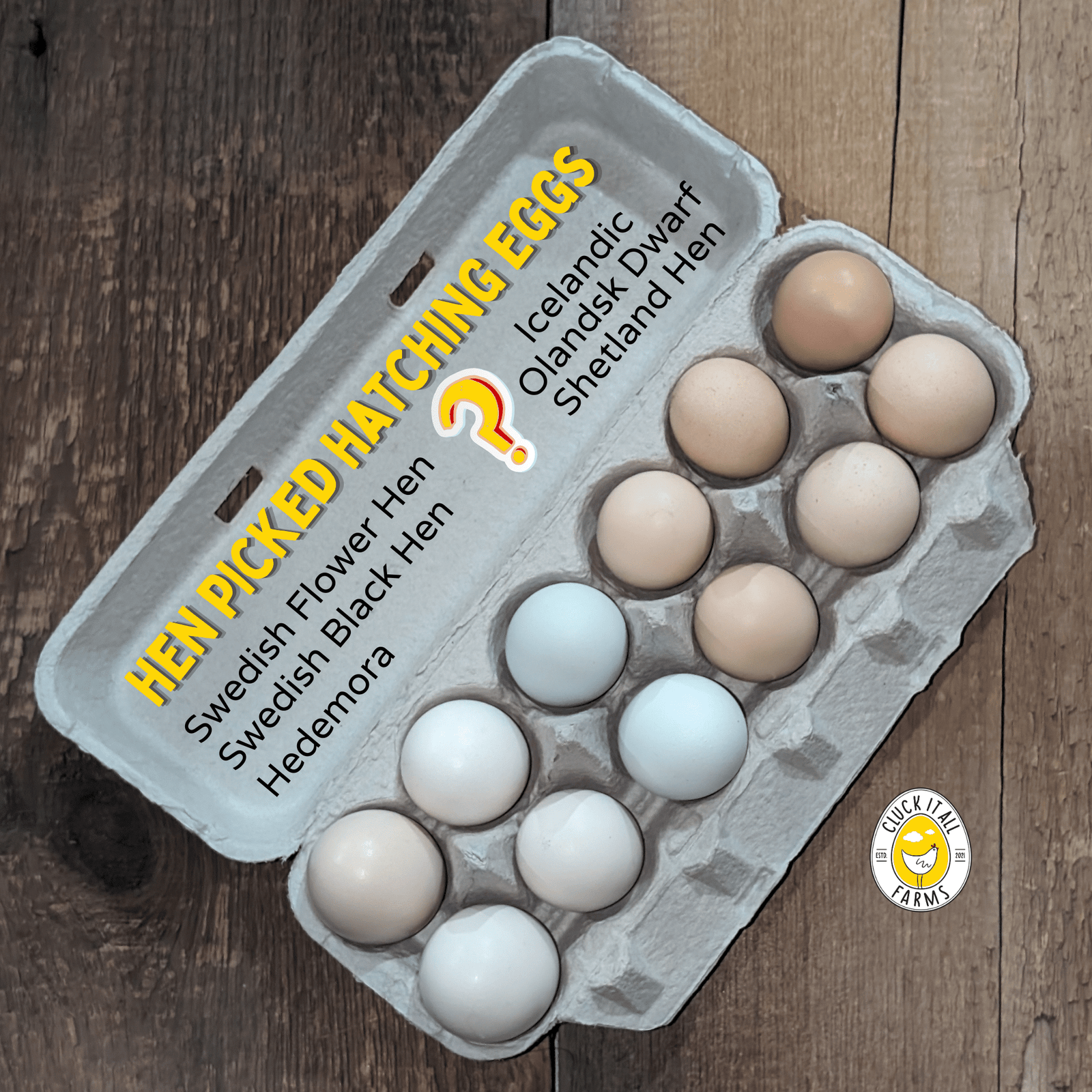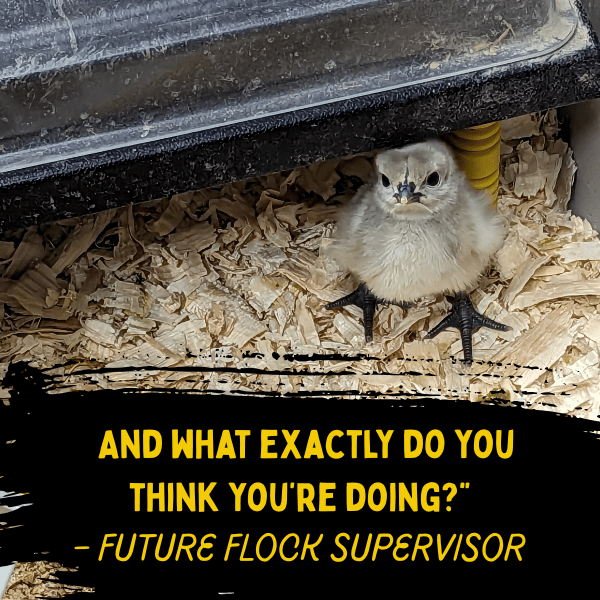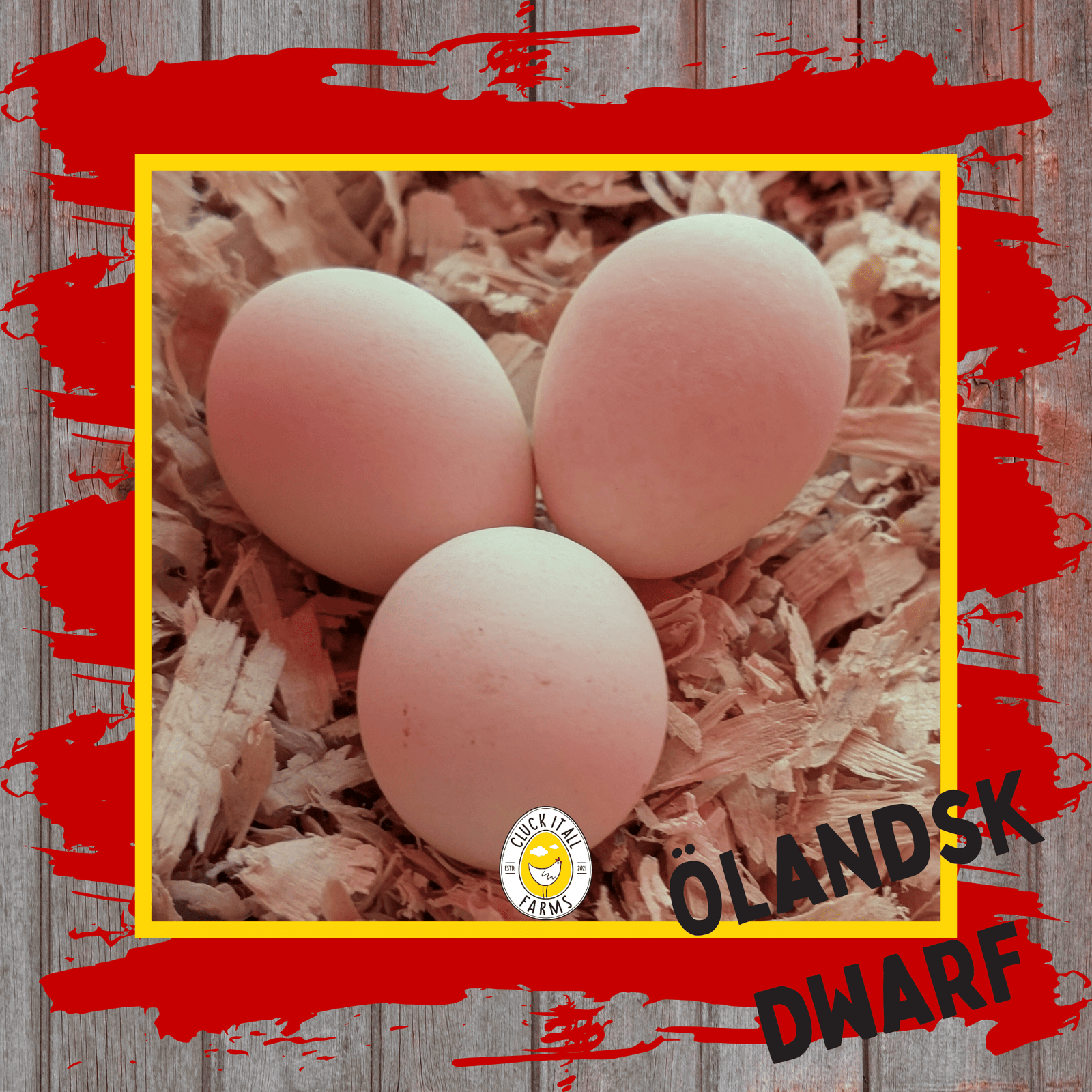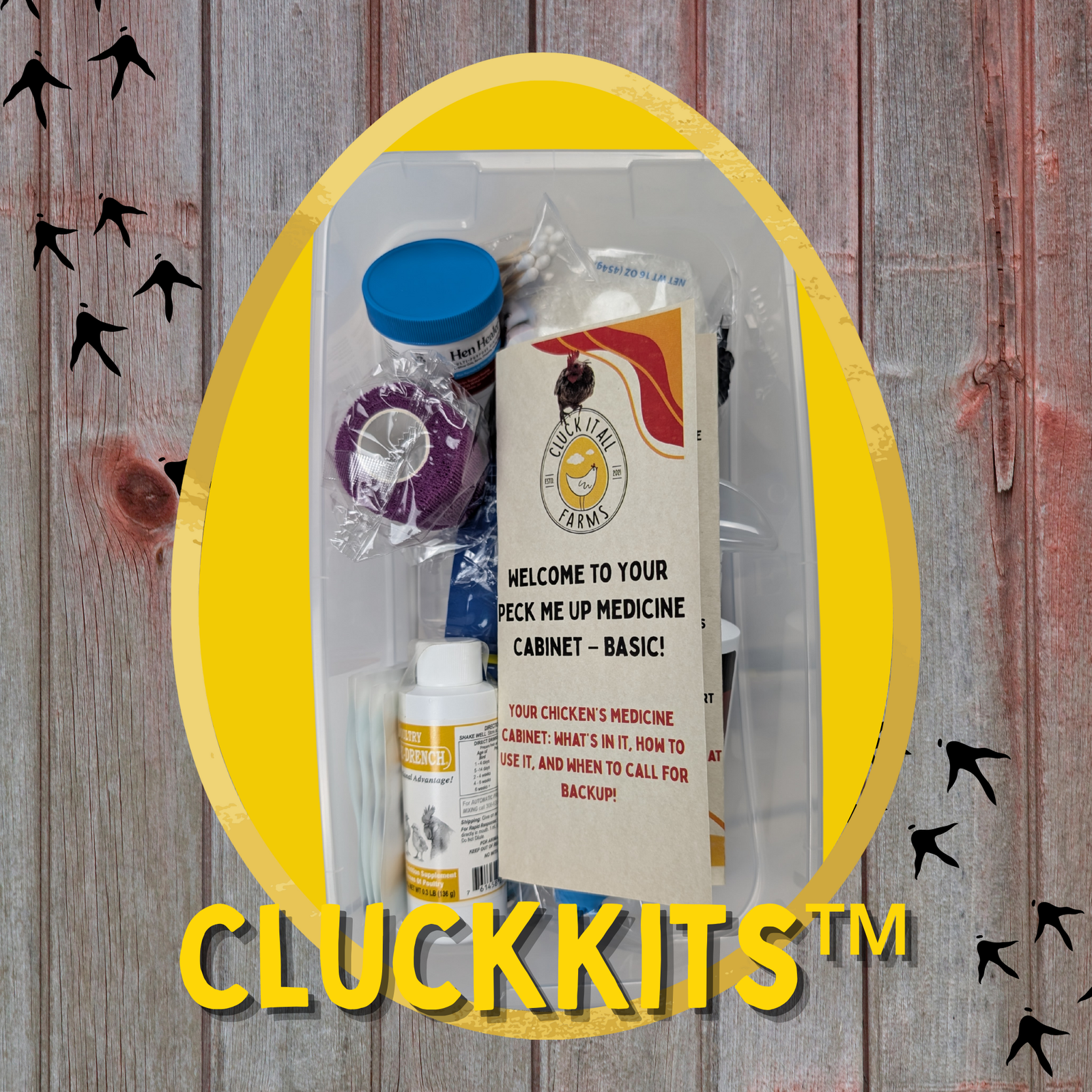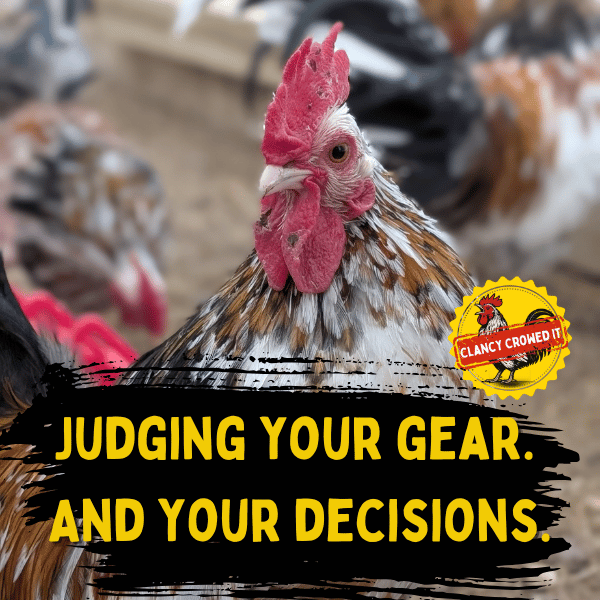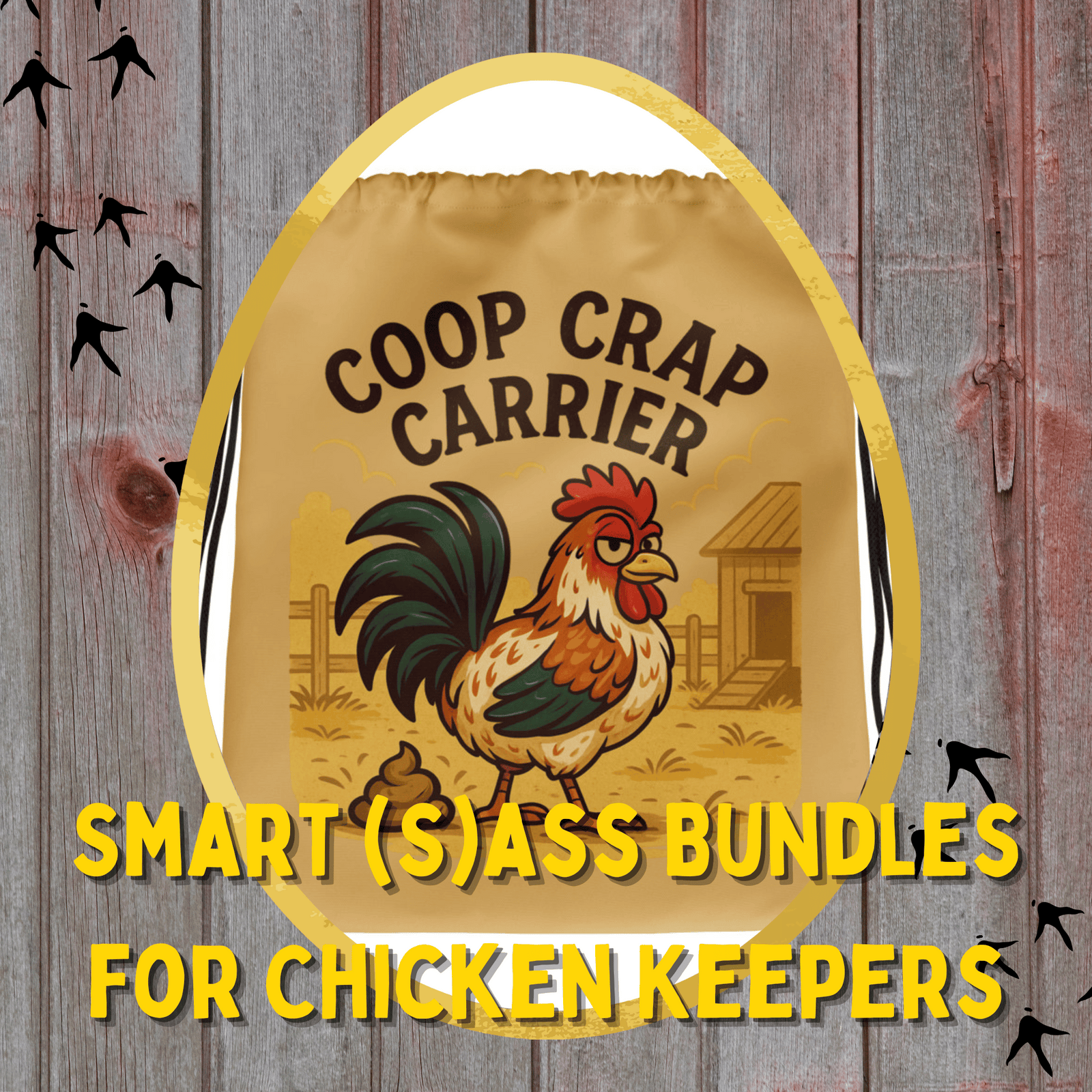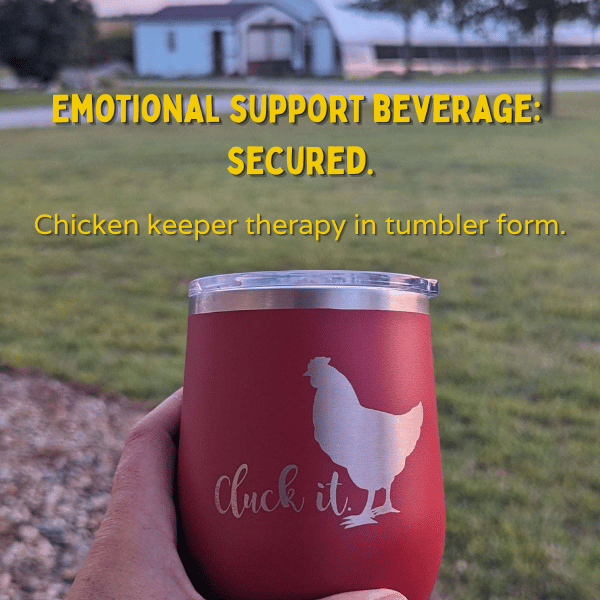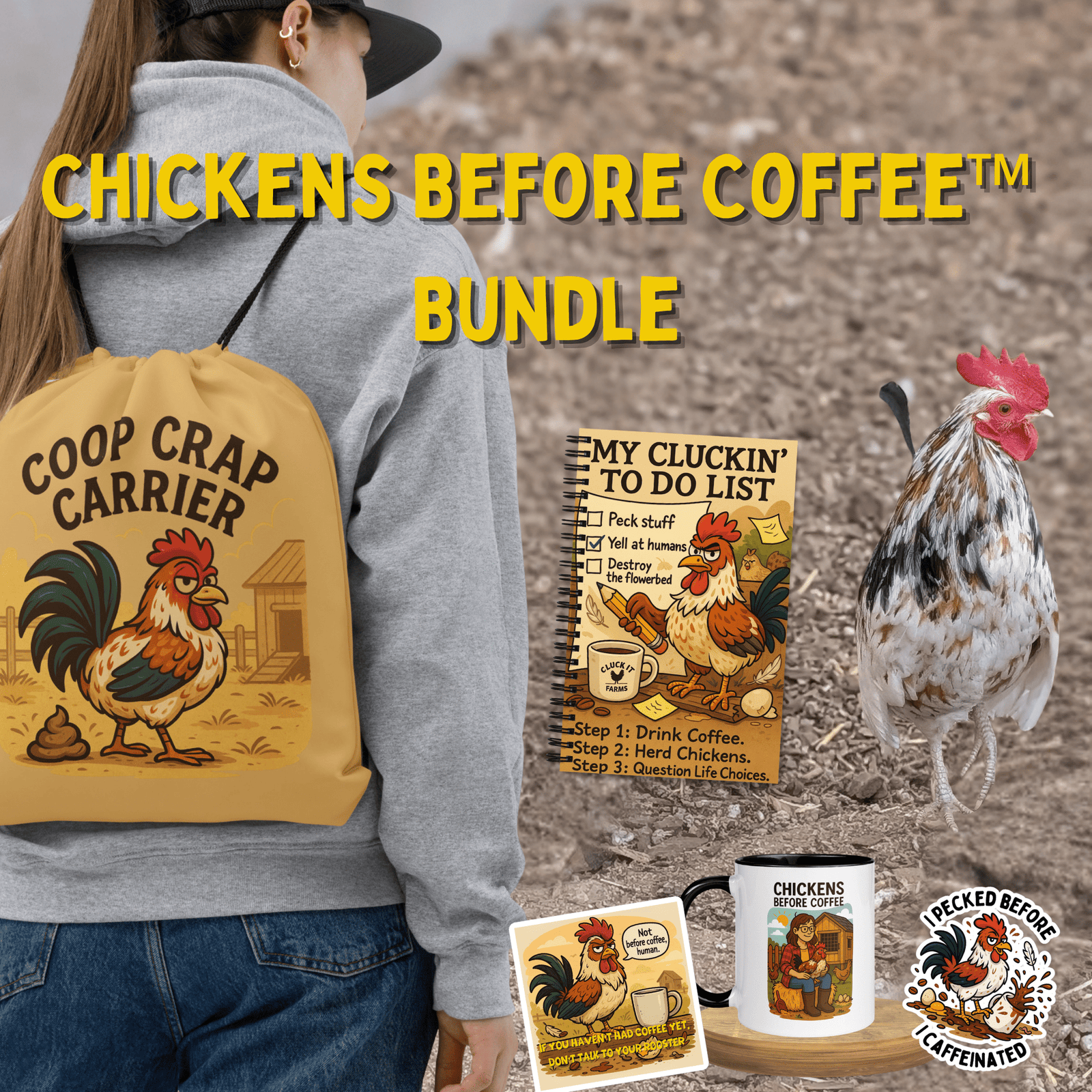So, you’re getting chicks—exciting! But before those tiny fluffballs arrive, you need to be fully prepared. The last thing you want is to be frantically ordering supplies while your chicks are already in the brooder, peeping for warmth, food, and water. A well-stocked brooder ensures a smooth start and keeps your new arrivals safe, healthy, and stress-free.
Here’s your must-have supply list—grab these essentials before hatch day so you’re ready to welcome your chicks without last-minute chaos.
1. The Brooder Box: Their First Tiny Chicken Apartment
Think of the brooder as baby chick real estate. It needs to be secure, warm, and spacious enough to accommodate their rapid growth.
What Works:
✔️ Plastic totes (easy to clean, but make sure they’re well-ventilated)
✔️ Stock tanks (durable and roomy)
✔️ DIY wooden brooders (great for customization)
🚨 Avoid cardboard boxes unless you like the idea of your chicks pecking, spilling water, and eventually busting through their own walls like tiny fluffy escape artists.
✅ Survival Tip: No matter the setup, give each chick at least 0.5 square feet to start—they grow FAST.

2. The Heat Source: Because Chicks Are Tiny Drama Queens About Temperature
Newly hatched chicks can’t regulate their body temperature, so unless you want them huddled together like a feathery cult, you’ll need a reliable heat source.
Your Two Main Options:
🔥 Radiant Heat Plate – Mimics a mother hen, safer than heat lamps (highly recommended)
💡 Heat Lamp with Red Bulb – Cheap, but higher fire risk if not secured properly
Start at 95°F for the first week, then decrease by 5°F per week until they’re fully feathered.
✅ Survival Tip: Chick behavior is the best thermometer.
- Huddled together? Too cold.
- Sprawled out, avoiding the heat source? Too hot.
- Running around like tiny maniacs? Perfect.

3. Thermometer: Because Guessing Isn’t a Strategy
A simple thermometer placed at chick level will keep your brooder’s temperature in check.
🚨 Do NOT rely on “it feels warm enough” testing with your hand—unless you’ve also developed a built-in chick thermometer.
✅ Survival Tip: If you want to be fancy, grab a digital thermometer with a humidity gauge.
4. Bedding: Because Chicks Are Disgusting
Chicks are cute, but they are also walking, pooping machines. The right bedding absorbs moisture and keeps their space clean.
Best Bedding Options:
✔️ Pine shavings (absorbent, easy to clean)
✔️ Paper towels (for the first few days only) to help them find footing
✔️ Rubber shelf liner (prevents spraddle leg in the first week)
🚨 What NOT to Use:
❌ Cedar shavings (toxic fumes)
❌ Newspaper (too slippery—hello, leg problems)
✅ Survival Tip: Lay paper towels over the bedding for the first few days to help them find food and avoid eating the shavings.
5. Feeders & Waterers: Because Chicks Are Clumsy
Your chicks need easy access to food and water—but they will also try their hardest to spill, step in, and poop in both.
What Works Best:
✔️ Chick-sized feeders – Prevents waste, keeps feed clean
✔️ Shallow chick waterers – Avoids drowning risks
✔️ Marbles/pebbles in the waterer – Life-saving hack for preventing tiny drowning accidents
🚨 DO NOT use deep bowls unless you enjoy rescuing soggy, shivering chicks.
✅ Survival Tip: Change water often. Chicks have a special talent for turning it into a poop soup.

6. Chick Starter Feed: Their First Happy Meal
For the first 6-8 weeks, chicks need a high-protein starter feed to help them grow.
Medicated vs. Non-Medicated Feed:
✔️ Medicated feed – Helps prevent coccidiosis (use this if they haven’t been vaccinated)
✔️ Non-medicated feed – Works fine if they’ve been vaccinated or you’re using natural probiotics
🚨 NO layer feed. Too much calcium can damage their kidneys.
✅ Survival Tip: If you plan to give treats (like chopped greens or scrambled eggs), provide chick-sized grit to help with digestion.
7. Brooder Guard: Because Chicks Have Zero Survival Instincts
Newly hatched chicks love to pile into corners—which can lead to injuries or worse.
A simple brooder guard (a circular barrier that keeps them from getting stuck in corners) can prevent accidents and chick pile-ups.
✅ Survival Tip: Even a strip of cardboard bent into a rounded shape works!
8. Hand Sanitizer & Disinfectant: Because Biosecurity Matters
Chicks are adorable, but they can also carry bacteria like Salmonella. Keep hand sanitizer or disinfectant near the brooder to minimize risks.
🚨 Especially important if kids will be handling the chicks!
✅ Survival Tip: Clean and disinfect feeders, waterers, and surfaces regularly to keep your brooder a healthy place.
9. A Plan for Expansion: Because They Grow FAST
Your chicks may seem tiny now, but in just a few weeks, they’ll be rowdy, flapping, escape-prone teenagers.
By 4-6 weeks, they’ll need more space and will soon be ready to transition to their coop.
✅ Survival Tip: If you don’t want to find a chick roosting on your lampshade, have a secure lid on your brooder before they figure out how to fly.
BONUS: A Good Incubator (For the Next Hatch… Because We Know You’re Hooked)
If you’re hatching your own chicks, an incubator with automatic turning and humidity control will make your life way easier.
🚨 Pro Tip: Get one slightly bigger than you think you need. Chicken math is real.
🔥 Check out our incubators here → https://cluckitallfarms.com/collections/incubators

Final Thoughts: Prep Now, Thank Yourself Later
Setting up a brooder the right way ensures your chicks stay healthy, happy, and not running loose in your house.
✔️ Secure brooder box
✔️ Safe heat source
✔️ Proper bedding, feeders, and waterers
✔️ Chick starter feed & grit
✔️ A plan for when they outgrow their space
🐣 Ready to gear up? Grab your brooder essentials here → https://cluckitallfarms.com/collections/chick-brooding-supplies

